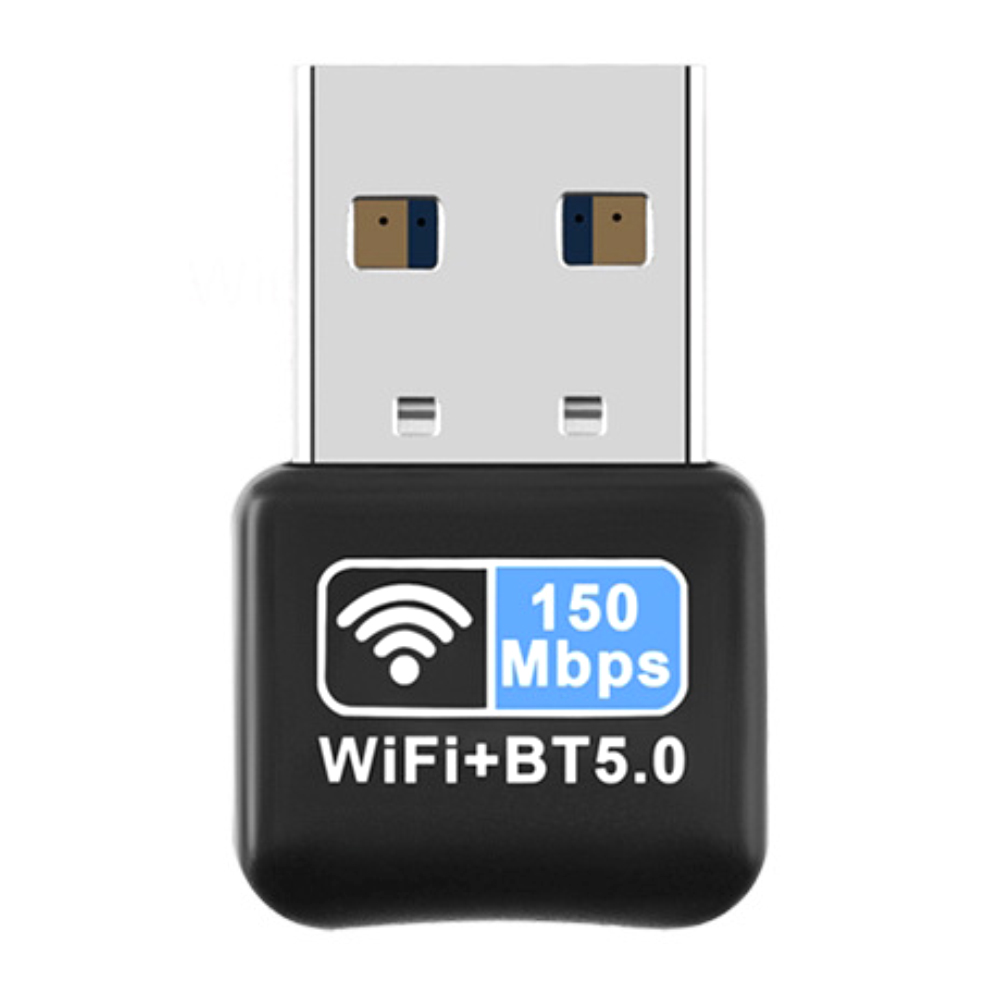
WiFi dongles are small devices that connect to computers or mobile devices to provide wireless internet access. They are commonly used with laptops, smartphones, and tablets to enable internet connectivity wherever there is a WiFi network. However, the technology behind WiFi dongles is complex and involves several components and protocols.
WiFi dongles function as wireless adapters, converting wired internet connections into wireless signals that can be picked up by devices within range. They contain a wireless chipset and an antenna, which transmit and receive radio frequencies to communicate with WiFi routers or access points.
When a device with a WiFi dongle is within range of a WiFi network, the dongle negotiates a connection with the router or access point using the IEEE 802.11 wireless standard. Once connected, the dongle enables the device to exchange data with the router or access point over the airwaves using radio frequencies.
There are several types of WiFi dongles available, each designed for different purposes and devices.
USB dongles are small USB devices that plug into a computer's USB port to provide wireless connectivity. They are commonly used with laptops and desktop computers.
PCIe dongles are larger devices that are installed inside a computer’s PCIe slot. They provide higher data transfer rates and are suitable for heavy data users.
Mobile dongles are designed to connect to mobile devices such as smartphones and tablets. They are often used for internet access on the go and can provide faster connections than mobile data plans.
WiFi dongles can have different performance characteristics depending on their chipset, antenna, and radio frequency. Some dongles are better suited for fast data transfer rates and large file transfers, while others are optimized for lower power consumption or better range.
Users who require high-speed internet access for tasks such as streaming or online gaming may want to choose a dongle with a faster data transfer rate. On the other hand, users who need to conserve battery life or have limited data plans may prefer a dongle with lower power consumption or more efficient data compression.
WiFi dongles can provide secure connections to WiFi networks using encryption protocols such as WEP, WPA, and WPA2. These protocols encrypt the data transmitted over the airwaves, protecting it from unauthorized access.
It is important to ensure that the WiFi dongle and router or access point support the latest encryption protocols to provide the highest level of security. Additionally, users should always choose a strong password for their WiFi network and regularly update their device’s software and operating system to protect against security vulnerabilities.
The technology behind WiFi dongles is constantly evolving, paving the way for faster data transfer rates, better range, and more secure connections.
As the demand for wireless connectivity grows, we can expect to see more advanced WiFi dongles with improved performance and additional features. For example, future dongles may support newer wireless standards like 802.11ac or 802.11ax for faster speeds and greater capacity, or they may integrate additional technologies like Bluetooth or NFC for closer device communication.
In conclusion, understanding the technology behind WiFi dongles is crucial for effectively using these devices to their full potential. With the right knowledge, users can choose the appropriate dongle for their needs, take advantage of their features, and ensure secure and reliable internet connectivity.
 Trolink Joint With Tuya to Make Iot Benefit Every Family
Trolink Joint With Tuya to Make Iot Benefit Every Family
 5 Key Indicators for WiFi Module Selection You Have to Know !
5 Key Indicators for WiFi Module Selection You Have to Know !
 IOT module is the brain of smart products
IOT module is the brain of smart products
 What is the signal coverage range of the WiFi module chip?
What is the signal coverage range of the WiFi module chip?